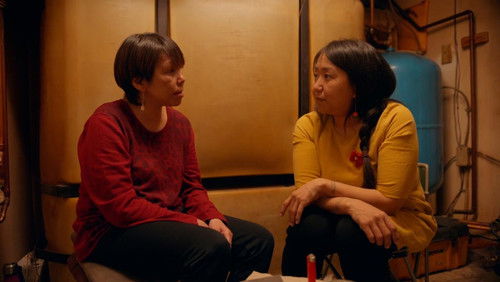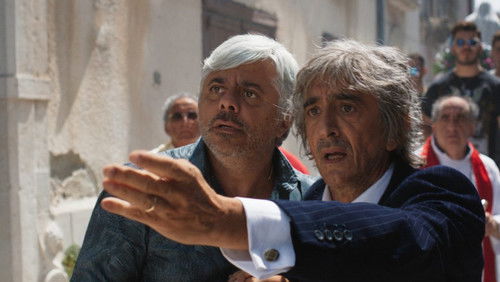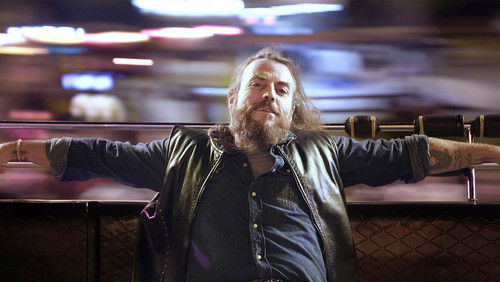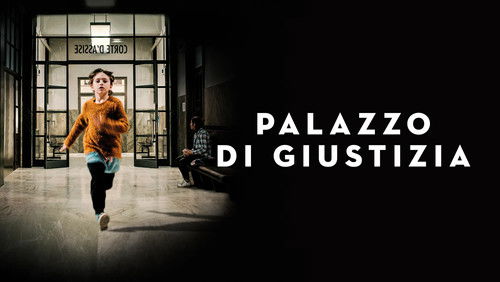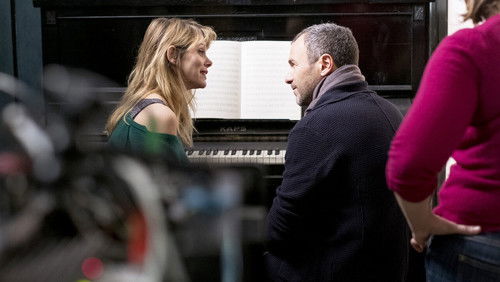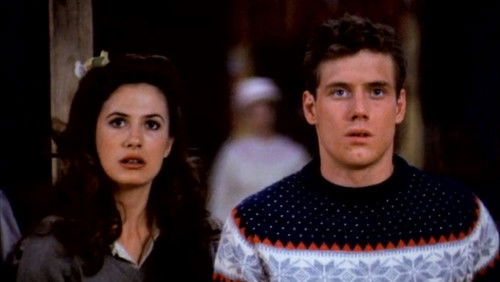Die Hindenburg (1975)
10KDie Hindenburg: Directed by Robert Wise. With George C. Scott, Anne Bancroft, William Atherton, Roy Thinnes. A film that chronicles the events of the Hindenburg disaster in which a zeppelin burst into flames.
“This film is a unique illustration of the Hindenberg disaster, which occurred on the evening of May 6, 1937 in Lakehurst, New Jersey when the gigantic hydrogen-filled zeppelin exploded on landing. Although a common theory for this eventu0026#39;s cause was a discharge of electricity from the atmosphere triggering the fire, here it is suggested as form sabotage. As a result of the explosion, 36 people (one third of those on-board the German airship) were killed.u003cbr/u003eu003cbr/u003eThe movie goes along quite well in the way it is presented as a series of chronological events leading up to the explosion. The cast is flawless and in turn so is the superb and vivid acting. George C. Scott (as Colonel Franz Ritter, a German security officer) and Anne Bancroft (as the reluctant Countess) seem to be very suited and prepared for their parts as the main characters in the film. Other passengers to watch for include: Gig Young (as the sly Edward Douglass), Burgess Meredith (as gambler Emilio Pajetta) and Robert Clary, from the hit sitcom, u0026quot;Hoganu0026#39;s Heroesu0026quot;, (as Joseph Spahn, a comedian.) These and many others provide an enjoyable overall performance in the movie while not only based on historical accounts, also provides other common genres of drama, suspense, comedy and even elements of romance between the two main characters.u003cbr/u003eu003cbr/u003eThis film may have a general theme of seriousness, as Colonel Ritter proceeds to investigate an array of people aboard who are suspects to an anti-Nazi conspiracy, yet it also resolves to make way for other moods as well. For example, midway through the film there is a very amusing sequence in which passenger Reed Channing (Peter Donat) plays on the airshipu0026#39;s famous baby grand piano and sings a song entitled: u0026quot;Thereu0026#39;s A Lot to be Said for the Fuhreru0026quot; while Joe Spahn performs. This scene obviously demonstrates how both passengers are clearly against the Nazi party, and here it is also interesting to note that during WWII, actor Robert Clary actually was confined to the Nazi concentration camps as countless other unfortunates were subject to during the Holocaust. There are also several humorous one-liners spoken throughout the film, such as: u0026quot;Next time weu0026#39;ll take the Titanic!u0026quot; followed by other memorable quotes.u003cbr/u003eu003cbr/u003eAs the film progresses, complications arise in the piloting of the Hindenberg as the crew and passengers encounter a brief experience with turbulence and St. Elmou0026#39;s fire, (a flickering bluish glow sometimes appearing during storms) and repairing a rip in the fabric cover on the port side of the airship as it hovers over the frigid Atlantic Ocean. Events such as these, and Colonel Ritteru0026#39;s continuing investigation, prove to bring together desired elements of suspense, which certainly add up nearing the movieu0026#39;s climax ending.u003cbr/u003eu003cbr/u003eShortly before the Hindenbergu0026#39;s doomed landing, Ritter finally discovers the suspected sabotage and the passenger behind it in a perplexing turn of events. In doing so, he also finds that this well-planned demolition is i n the form of a timed-bomb that has been hidden in the airshipu0026#39;s structure and that it is up to him to reach in time for deactivation. The last few thrilling seconds before the explosion in which Colonel Ritter slowly struggles to defuse the bomb have enough apprehension to make it seem an eternity as he meticulously works, but to no avail. From the moment in which the bomb goes off, there is enough action to keep you on the edge of your seat until the movieu0026#39;s end. The last few minutes (which combine both color, black and white images, and still frames of the fire as innocent passengers attempt to escape the flames) are exceedingly well filmed as well as both exciting and horrific. Through this vivid portrayal, one may wonder just what it would have been like to witness this tragic disaster. To any viewer its plain to see just why u0026quot;The Hindenbergu0026quot; received a special achievements award for its sound and visual effects and nominations for best cinematography and film editing.u003cbr/u003eu003cbr/u003eWith excellent writing credits provided by Nelson Gidding and under the careful direction of Robert Wise u0026quot;The Hindenbergu0026quot; proves to be a genuine and enjoyable movie to watch. This is a film that will undeniably age well, still seeming as timeless as it was the first time through. One of my favorite movies of all time, u0026quot;The Hindenbergu0026quot; can be highly recommended.”
